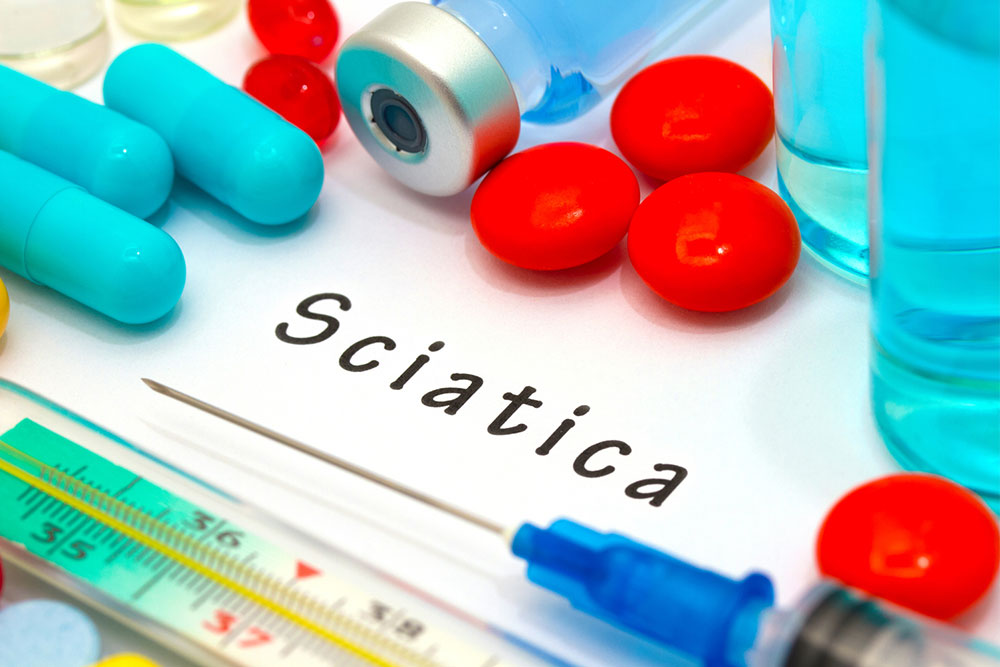Effective Strategies and Treatments for Managing Neuropathy
Discover effective and holistic treatments for neuropathy, including medications, physical therapy, and alternative options like acupuncture. Learn how these therapies can help manage nerve pain, inflammation, and associated symptoms, enhancing quality of life for sufferers.

Effective Strategies and Treatments for Managing Neuropathy
Neuropathy results from nerve damage, leading to symptoms like numbness, weakness, tingling, or sharp pains in the hands and feet. While often linked to diabetes, it can also stem from injuries, infections, or toxin exposure.
Common medications for neuropathy
Many treatments focus on alleviating nerve pain and inflammation or regulating blood sugar in diabetic cases. Key medications include:
Pain relief drugs: NSAIDs like Naproxen and Ibuprofen reduce inflammation and discomfort by blocking pain signals. Over-the-counter options are widely accessible. Acetaminophen (Tylenol) offers pain relief but should be used cautiously due to potential liver issues.
Anti-seizure medications, typically for epilepsy, can calm nerve hyperactivity and reduce pain. Topical agents like capsaicin cream, derived from hot peppers, initially stimulate nerves but eventually ease symptoms. Lidocaine patches provide localized numbness but may cause side effects such as dizziness or numbness at the application site.
Tricyclic antidepressants like Desipramine and Doxepin decrease pain perception by interfering with nerve signals. In severe cases, opioids such as Tramadol and Oxycodone are prescribed under strict medical supervision to manage intense pain.
Neuropathy can occasionally cause digestive delays (gastroparesis), and treatment involves dietary modifications. Bladder control issues, resulting from nerve weakness, can be managed with antispasmodic or anticholinergic drugs.
Therapeutic approaches
Physical therapy: Targeted exercises bolster muscle strength, reduce pain, and help regulate blood sugar levels. A tailored program combining cardio, stretching, and balance activities can prevent muscular cramps and spasms.
Electrotherapy (TENS): Low-current electrical stimulation administered via skin electrodes disrupts pain signals, providing relief.
Plasma exchange: For inflammation-related neuropathy, plasma exchange involves removing blood, filtering out harmful antibodies and proteins, then returning it to the body. Possible side effects include nausea or nausea.
IV immunoglobulin: This technique delivers proteins to boost immunity by acting as antibodies in the bloodstream.
Alternative remedies
Acupuncture: Inserting thin needles into specific body points can help alleviate nerve pain.
Chiropractic adjustments: Spinal manipulations improve flexibility and reduce discomfort.
Massage therapy: Focused massage targets muscle tightness and pain, especially in the lower back and legs.
Alpha-lipoic acid: Used in Europe, this supplement may help regulate blood sugar and reduce neuropathic symptoms, but consult a healthcare provider first. Possible side effects include stomach upset or skin rashes.
Important notice:
Our website offers diverse, researched information for educational purposes. Content should not replace professional medical advice. The team is not responsible for discrepancies or inaccuracies from other sources or for individual health decisions. Always consult a healthcare professional for diagnosis and treatment options.










